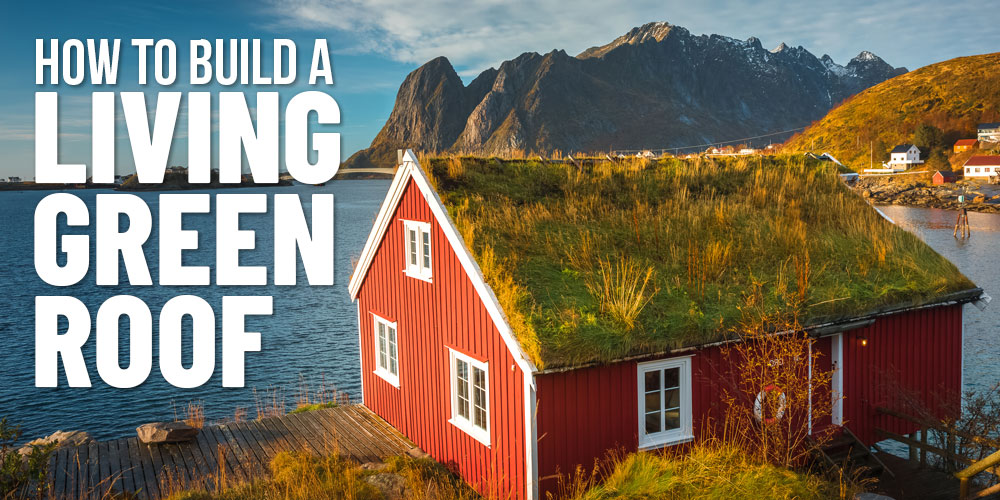
NAVIGATION
It’s likely you’ve been told that planting trees or your own garden is a way to be more friendly to Mother Earth while adding a personal or decorative touch to your landscape, but have you ever considered growing a garden on your roof?
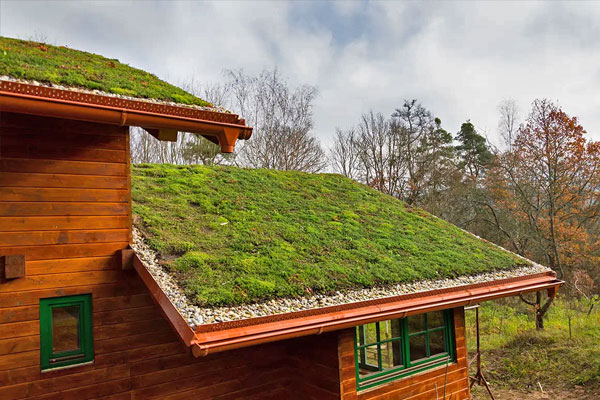
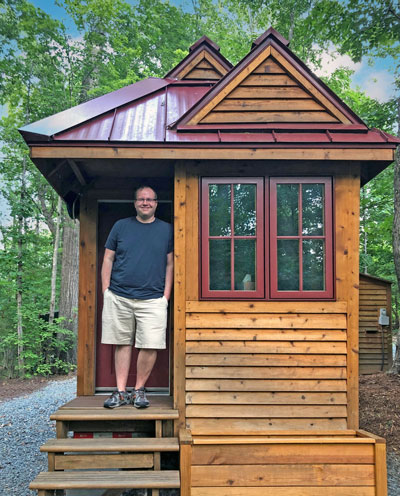
Hi, I’m Ryan
As an avid minimalist and homesteader, being as green as I can in my day-to-day life is extremely important to me. I discovered green roof houses from a friend of mine a few years back and have been intrigued ever since.

What Is A Green Roof House?

I’ve never actually built a green roof for my own tiny house, but I’ve certainly played with the idea of growing one. I love the idea of committing to a green roof on lifelong, permanent houses, for an eco-friendly touch that’ll offer lots of benefits for years to come.
I have some friends who choose to add these grassy patches to the top of their garages, accessory dwelling units, or backyard sheds. Adding a green roof to any building is an incredible way to go green and give Mother Nature a kind nod on top of your home.
Advantages And Disadvantages Of Green Roofs

Before making any big decisions, it’s important to consider the pros and cons of adding a garden to your rooftop. This will help you determine what you truly want for your environmentally friendly home and how much work you’re willing to keep up with.
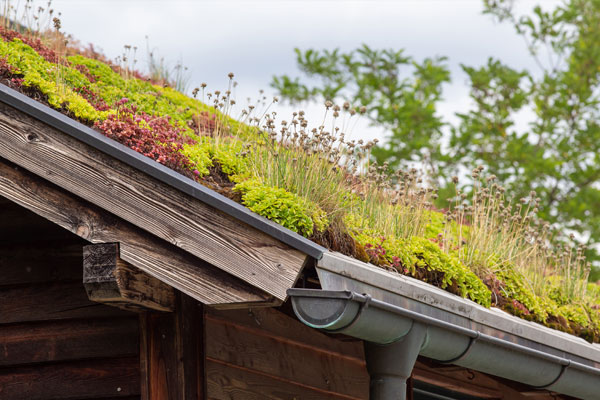
Pros and Cons Of A Green Roof House
Pros
- Amazing for the environment
- Creates space for plants in urban areas
- Increases the lifespan of the roof
- boosts roof thermal performance
- Reduces stormwater runoff rate
Cons
- More expensive than a traditional roof
- Extra weight on the roof could cause problems
- May require extra upkeep
- Can increase pests and critters around or in house
- Could increase moisture or water damage
Living Roof Design Inspiration

There are many different ways you can design a green roof home, as well as different types of plants and vegetation you can use to accentuate the roof. Your specific green roof design and plant selections should match the overall vibe you want to encapsulate in your home. It’s also important to note that you’ll have to design your green roof differently depending on the shape of your actual roof.
Green Roof On Angled Home Examples
Building a green roof house on a classic angled, A-shaped roof is one of the most common design options. I’ve seen many green roofs of this shape covered in succulents, as they are the easiest to grow with potentially uneven sun exposure. Homeowners also tend to stick with simple grass patches for this roof shape.
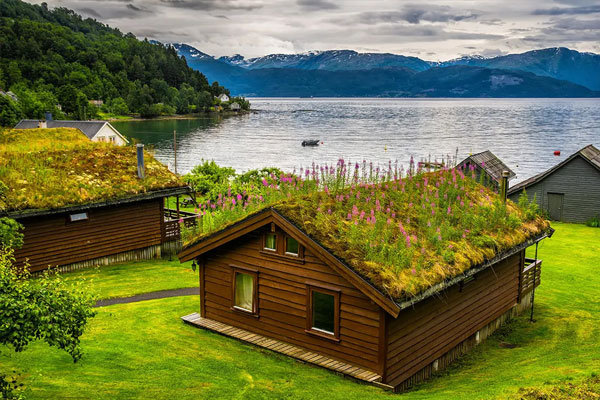
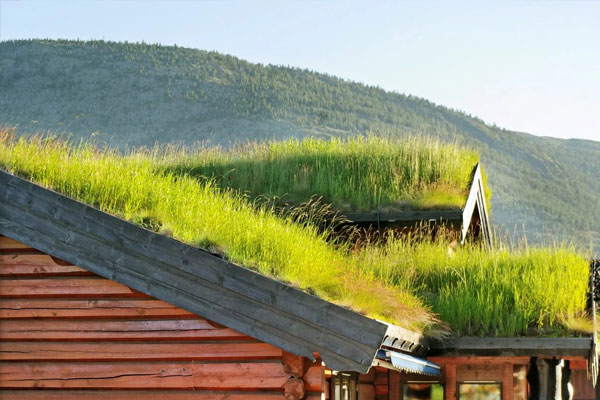
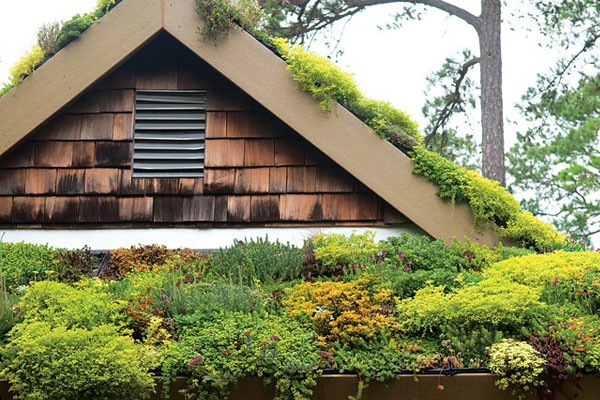
Flat Green Roof Homes
I lean toward choosing a flat roof when I take on a new build just because they are easier to maintain. Green roof houses that have an entirely flat rooftop give you the most creative design liberties. You don’t have to worry as much about placement or even sun exposure. With flat green roofs, you can almost create any garden that works with the seasonal changes of your climate.
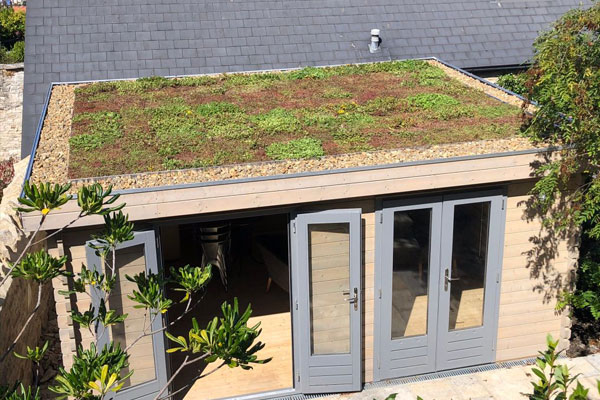
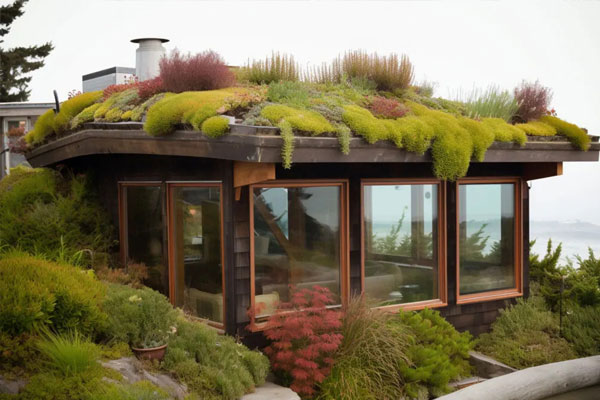
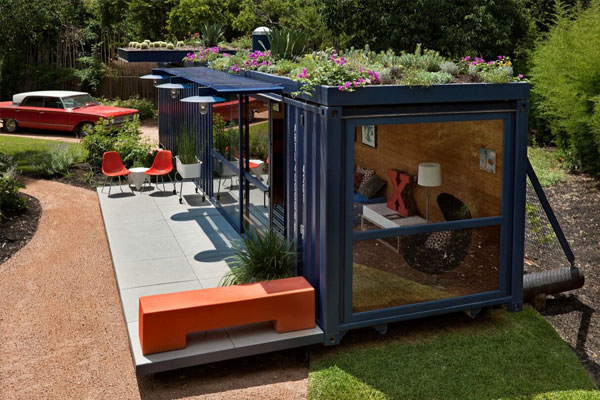
Green Roof Homes With A Sloped Roof
With a sloped green roof, you have to be more intentional about the way that you manage weight distribution. However, it’s definitely possible.
It can be easiest with these roof shapes to plant the exact same type of plant across the entire roof. This works best as far as weight distribution goes. Some people even build curved roofs that feed into the ground and their own yard or garden so that the soil on the roof feeds into the soil in the ground.
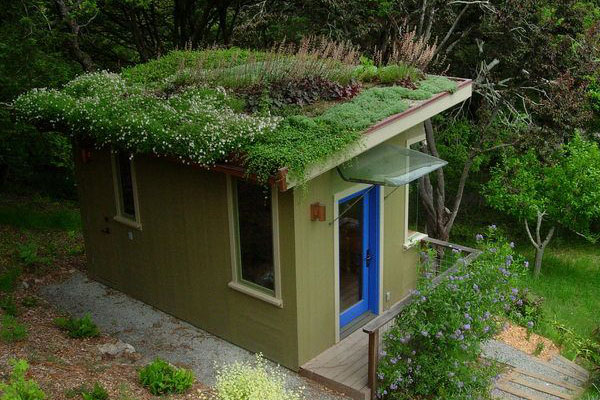
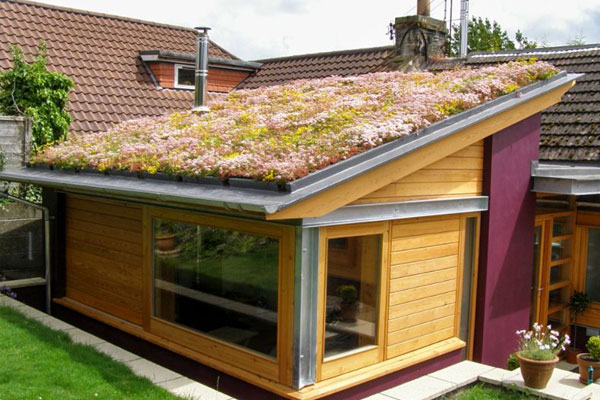
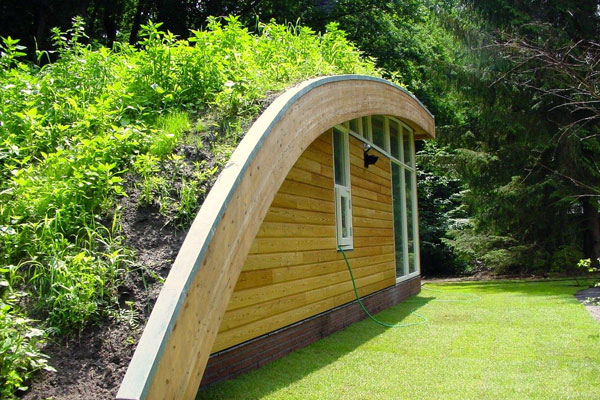
How To Build A Green Roof Step By Step

The specifics of how you build your own DIY green roof will largely depend on the shape of your roof, the edging you choose for the roof, and the plants you select. However, there are some commonalities in the building process that all green roof builders need to make sure to include.
Diagram of a Green Roof Construction

Tools And Materials Needed To Build A Green Roof
I firmly believe anyone can build a green roof if you have the right supplies! Invest in specialized tools depending on the shape of your roof and the plants you choose to use for your green roof.
Tools Needed
- Tape measure
- Shovel
- Garden rake
- Drill
- Garden trowel
- Roofing hammer
- Roofing hatchet
- Chalk line
- Utility knife
- Hammer
- Nails
Materials Needed
- Bitumen membrane
- Pond liner
- Drainage mat
- Plastic sheets (6 millimeter)
- Foam insulation (3/4 inch)
- Plant trays
- Gutter guards (mesh)
- Scrap wood
- Metal or stone edging
- Quality soil
- Plants
1 Build The Waterproof Membrane
The last thing you want is for your garden to fall through a soggy rooftop onto your dining table.
The waterproof membrane will be made of either rubber or plastic and should be laid across the roof deck. Rubber is typically the best way to go for moisture control.
Give your roof deck even more moisture protection by placing your six millimeter plastic sheets directly on top of the original green roof water membrane.
2 Lay Down Your Drainage Mat
Leave space for insulation along the top of the drainage mat. Then, add two to three thin sheets of three-quarter inch foam insulation to the mat. This will help keep the soil and water where your plants are instead of in your house.
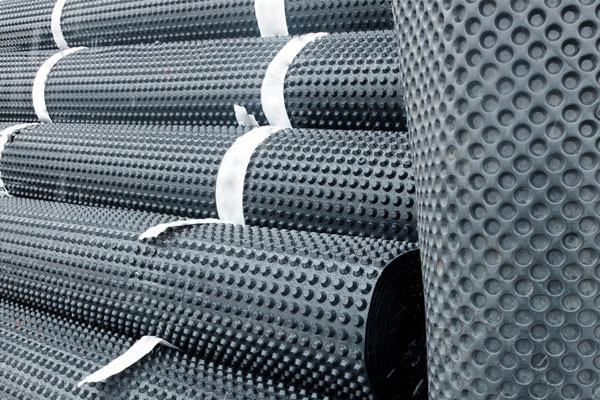
3 Build The Sides Of The Green Roof
There are a few different options people go with to frame the side of a green roof. The way you build it will also greatly depend on the slope and shape of the roof. For a flat roof, I think metal gutter guards installed along the edges of the roof work best. However, you can also use wood or stone edging instead.
4 Lay Down The Soil
The easiest way I’ve found to do this is to place your soil into even piles in the four corners and center of your roof. Then, take a rake and spread the soil across the roof until it is flat. After this, pack the soil in with your hands until it is fairly firm and compact.
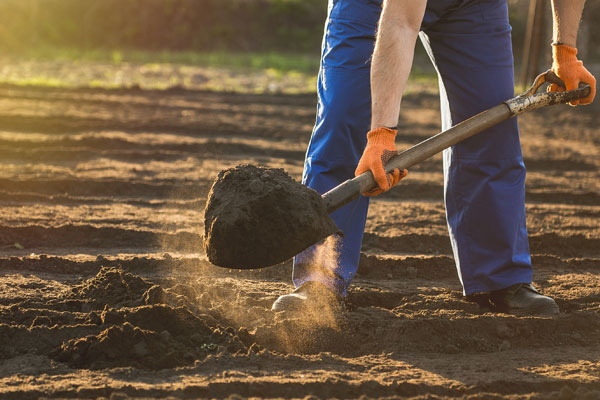
5 Start Planting
Now it’s time to start planting your garden. Consider the specific needs of your selected plants and try to accommodate them as much as you can from the get-go. If one species of plant needs more sun than another, think about where you place them on your roof. The importance of weight distribution applies to plants as well. Be sure not to plant all of your heaviest flora on one side of the rooftop.
FAQ: Common Questions About Green Roof Housing

Building your own DIY green roof house can feel like a pretty intensive project for a beginner, so make sure you have all your questions answered and know what you need to know before diving headfirst into the build.
What Does A Green Roof Cost Per Square Foot?
A green roof will cost you about $25 to $30 per square foot. This estimate includes the design, materials, labor, and installation of the initial green roof house. However, you will likely need to set some additional funds aside for replacing or repairing the green roof over time.
Which Plants Are Best For A Green Roof House?
You can plant almost any species on a green roof home that works in your natural climate. There are some specific plants that homeowners have planted time and time again on their green roofs that tend to grow well on a rooftop.
Plants That Grow Best
- Stonecrop (Sedum)
- Ice Plant (Delosperma)
- Spurges (Euphorbia)
- Houseleek (Sempervivum)
- Wild Thyme (Thymus Serpyllum)
- Chamomile (Matricaria Chamomilla)
Plants That Do Not Grow Well
- Pincushions (Scabiosa)
- Blue Haze (Acaena Saccaticupula)
- Silver Cotula (Cotula Hispida)
- Maiden Pink (Dianthus Deltoides)
- Large flowers that don’t spread well
- Any plant that doesn’t adapt seasonally
How Often Should You Water And Weed A Green Roof?
The frequency that you water your green roof will largely depend on the plants you choose to use. Regardless, your roof will likely need to be watered extra during droughts or dry periods, so make sure you note that. Additionally, a green roof house needs to be weeded two to three times each year to prevent overgrowing and drainage issues.
Are Green Roof Homes Possible In Colder Weather?
Green roof homes are definitely possible to keep alive in colder weather. The important step here is to make sure that you plant seasonally on your green roof the same way that you would on the ground. The climate of the area you live in will affect the plants on your green roof the same way it affects your yard.
Is A Green House Roof The Choice For You?
All in all, I think a green roof can be an awesome, eco-conscious addition to any home. It’s a project that me and my girlfriend are planning to add to our own home in the next calendar year. When thinking through if it’s right for you, consider if you truly think you’re prepared for the level of upkeep and maintenance that a green roof will require. If you are, this could be the perfect way to go for your home!
Your Turn!
- How could adding a living green roof to your home improve it?
- How will you choose to design your own green roof?






What about solar panels on the roof? Can’t have both.